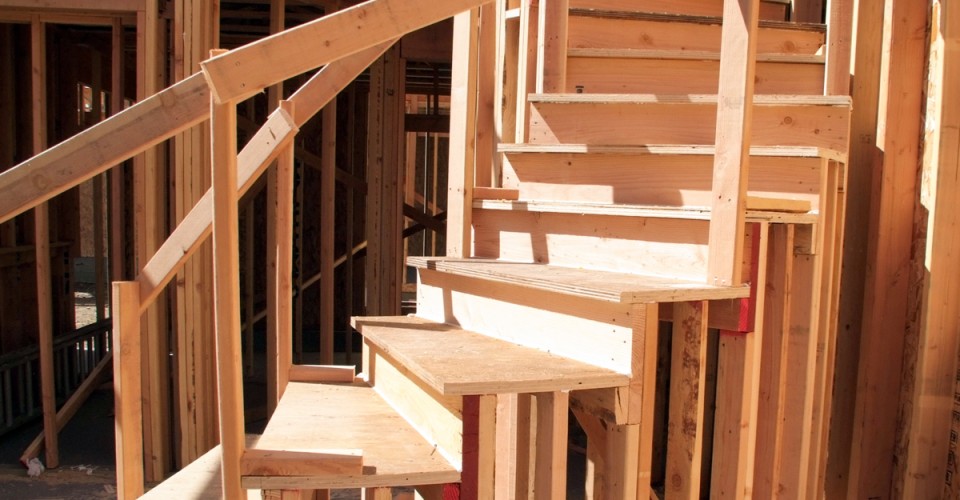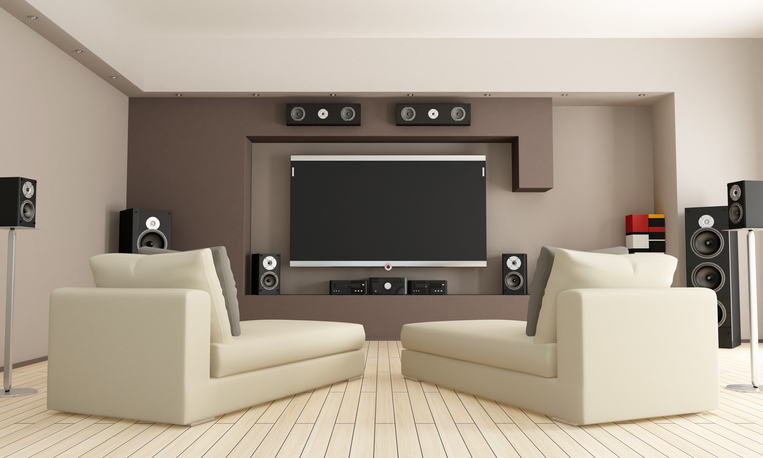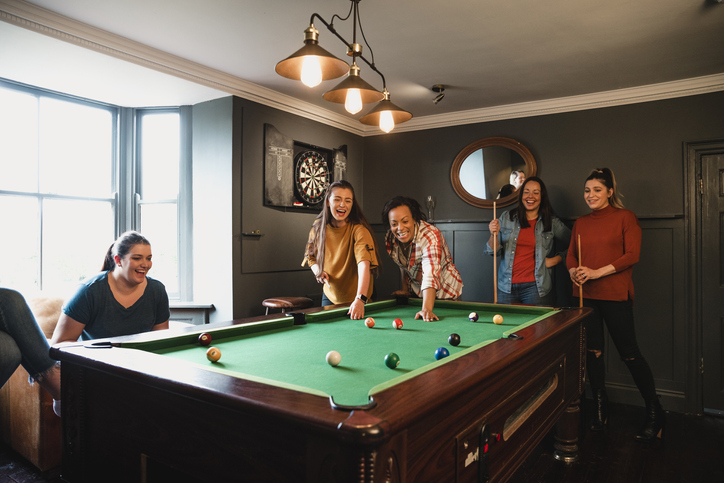Before embarking on a major remodeling or renovation project, like finishing an unfinished basement, it’s a good idea to think about the value of the project at time of resale. Even if you plan on never leaving your home, it’s wise to have a solid understanding of how much projects generally cost and what their value is to prospective buyers. Any good realtor can give you ballpark estimations and usually have a good understanding of what sells and what doesn’t. But looking at actual facts and figures can really help create the best understanding of our homes.
What does a typical basement remodel look like?
Remodeling Magazine has a great source of info on the most types of renovation projects, like basement remodels. Remodeling Magazine defines an average mid-range basement remodel with the following additions:
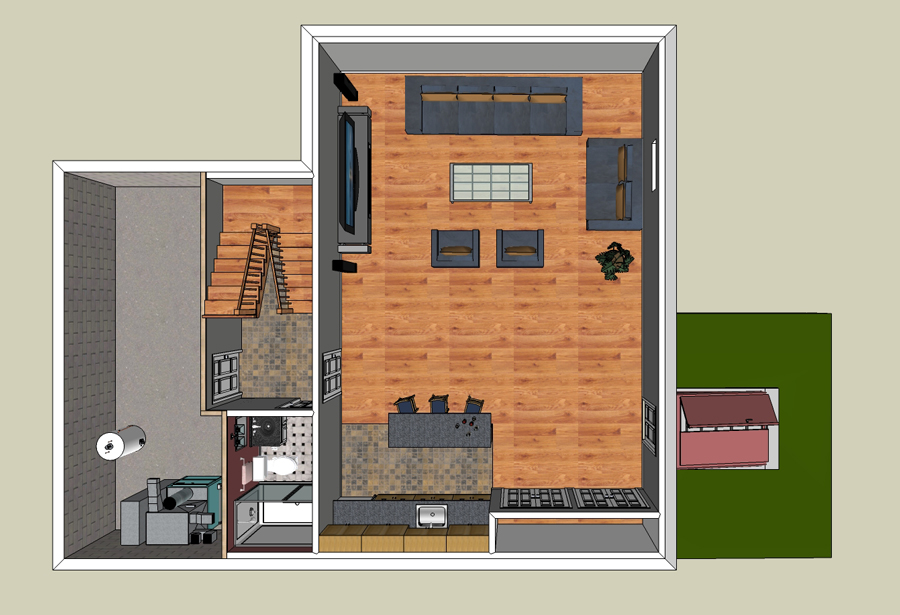
Finish the lower level of a house to create a 20-by-30-foot entertaining area with wet bar and a 5-by-8-foot full bathroom; construct 24 linear feet of finished partition to enclose mechanical area. Walls and ceilings are painted drywall throughout; exterior walls are insulated; painted trim throughout. Include five six-panel factory-painted hardboard doors with passage locksets. Electrical wiring to code.
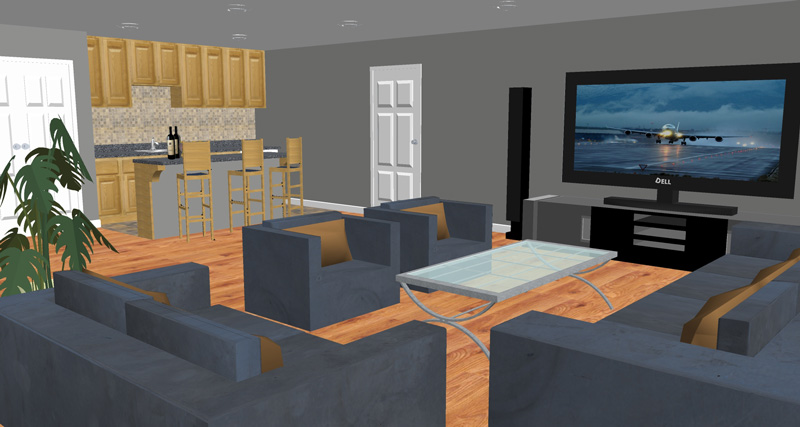
Bar area: Include 10 linear feet of raised-panel oak cabinets with laminate countertops, stainless steel bar sink, single-lever bar faucet, undercounter refrigerator, and vinyl floor tile.
Main room: Include 15 recessed ceiling light fixtures and three surface-mounted light fixtures, and a snap-together laminate flooring system.
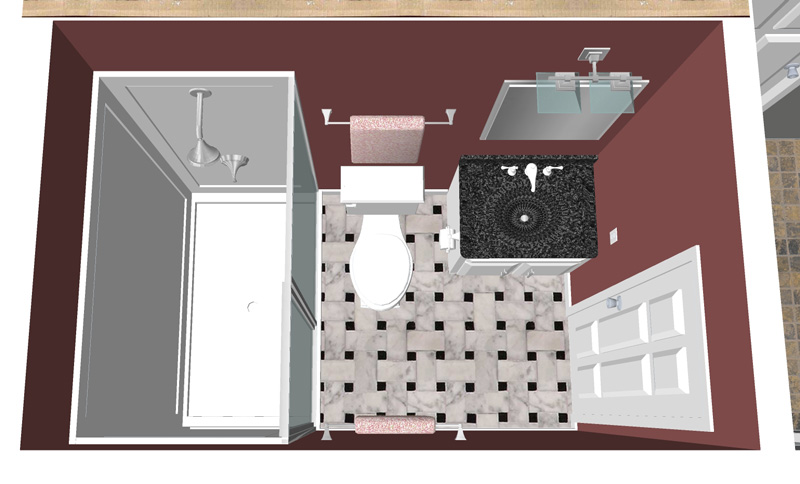 Bathroom: Include standard white toilet, vanity with cultured marble top, resilient vinyl flooring, two-piece fiberglass shower unit, a light/fan combination, vanity light fixture, recessed medicine cabinet, towel and paper-holder hardware.
Bathroom: Include standard white toilet, vanity with cultured marble top, resilient vinyl flooring, two-piece fiberglass shower unit, a light/fan combination, vanity light fixture, recessed medicine cabinet, towel and paper-holder hardware.
How will you remodel your basement?
Your basement project may or may not include the above items. In general, “finishing” a basement includes finishing walls, ceilings and floors (which means drywall, paint, baseboard trim, doors, flooring and ceiling work). Adding electrical items like switches, dimmers and overhead lighting are common as are adding data connections for internet and television. Some homeowners choose to create specific rooms that require plumbing such as laundry rooms, bathrooms or wet bars. Having a clear understanding of what you’d like to use your basement for will help determine the scope of the project.
Although you can certainly draw up plans on your own, and possibly even file for needed permits on your own, it may be a good idea to work with a home improvement professional for some of the skilled tasks like electrical work, plumbing or drywall. You’ll especially want to hire a professional if your basement project involves excavation, load-bearing walls, foundation work or other structural work. Employing qualified professionals for these types of tasks will help ensure that your home is up to code and that you won’t have issues at resale.
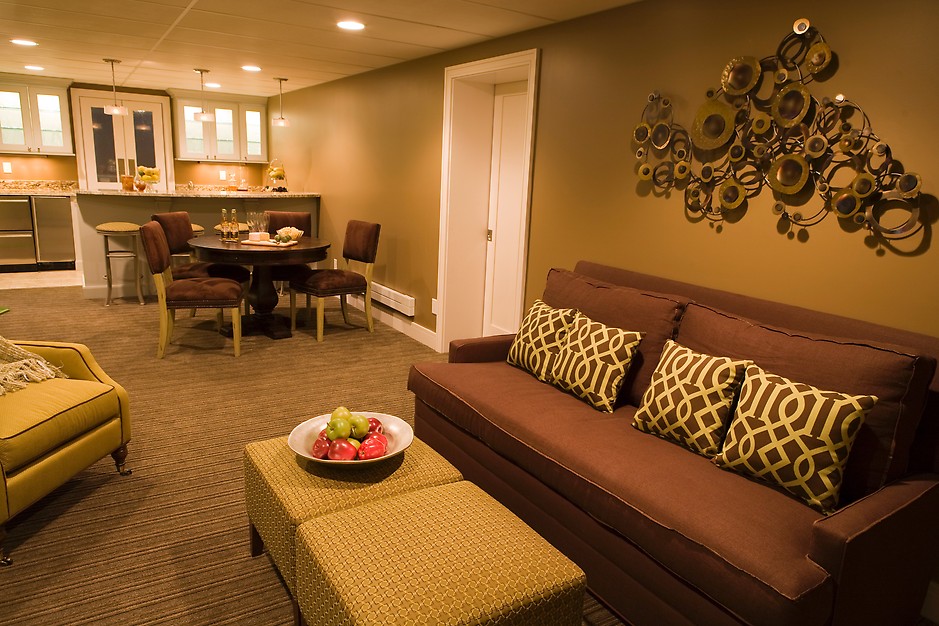
How much does it cost to remodel a basement
Recently, Remodeling Magazine has noted an upward trend of the cost vs. value of a basement remodel. It peaked in 2005 when the national average cost was $51,051 and the return on investment was 90%. In 2014 they are projecting a national average cost of $62,834 and return on investment of 77.6%, which is up from the 2011 figure of 66.8%.
Best cities to remodel a basement
What city has the highest return on investment for basement remodels? Surprisingly it’s Honolulu, Hawaii. The average cost of a basement remodel in Honolulu is $75,855 with a 127.4% return on investment. What city has the lowest return on investment for a basement remodel? Springfield, Massachusetts, where the average basement project costs $64,444 and the cost vs. value is only 48.5%.
In general, homes located in the Pacific Coast (Alaska, Washington, Oregon, California and Hawaii) have a higher average project cost for basement projects ($75,507) and a higher return on investment (average is 102%). The Middle Atlantic states (New York and Pennsylvania) have an average project cost of about $65,233 and have the lowest return on investment (average is 60%).
